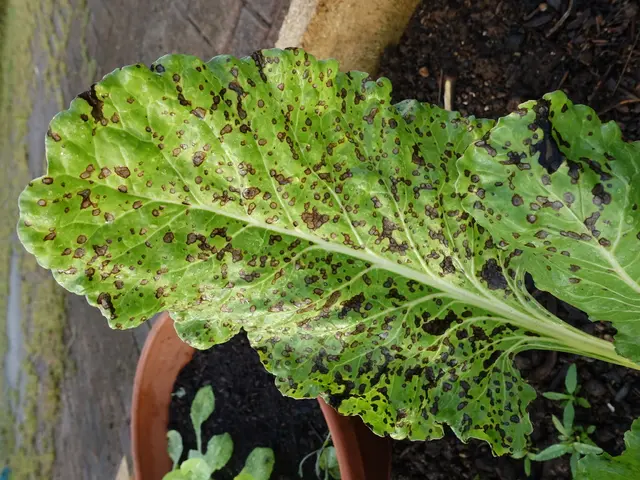Ensuring error-free automation in irrigation programming: a guide
In the quest for a lush and thriving garden, an irrigation timer plays a crucial role in automating the watering process and ensuring the right amount of water at the right time for each zone. Here's how to optimally program an irrigation timer for efficient water usage and plant health.
**1. Zone Configuration**
Group plants with similar water needs into the same irrigation zones to prevent overwatering or underwatering specific plant types and maximize water efficiency. Inspect your sprinkler zones to ensure coverage is uniform, avoiding watering non-plant areas like sidewalks or driveways.
**2. Scheduling and Timing**
Water early in the morning, ideally between 4-6 AM, when evaporation rates are lowest and water pressure is generally highest. This improves water absorption and reduces loss. Set your irrigation to run two to three times per week rather than every day, unless the plant type or soil condition specifically requires more frequent watering. Adjust run times based on soil type: clay soils need longer, less frequent watering cycles, while sandy soils require shorter, more frequent cycles due to their drainage properties.
**3. Seasonal Adjustments**
Regularly update your watering schedule according to seasonal weather and plant growth cycles. In hot summer months, increase watering frequency or duration for thirsty plants while reducing it during cooler or rainy periods to prevent overwatering. Consider installing a smart or weather-based irrigation controller that automatically adjusts schedules based on local weather data, eliminating guesswork and optimizing usage.
**4. Maintenance and Monitoring**
Perform monthly checks on your irrigation system by inspecting battery levels, cleaning sensors, and manually testing each zone to catch broken or clogged sprinklers early. Annually, conduct a full system audit to check for uneven water distribution, leaks, and software updates for smart timers. Fix leaks or malfunctioning sprinklers immediately to prevent water waste.
By applying these principles, you ensure efficient water use and healthy plant growth while minimizing waste and operating costs. Each zone should have a duration adjusted according to solar exposure, plant type, and soil. Wall timers, box timers, and faucet timers should be connected to the solenoid valves with the same voltage and tested for each zone. Choosing a reliable timer can help manage the irrigation system efficiently and improve the garden's well-being.
Zones identify the individual solenoid valves, i.e., the areas of the garden to be irrigated (e.g., lawn, flower beds, vegetable garden, hedges). Programs represent a complete irrigation cycle and can include one or more zones. In faucet timers, usually, only one program is available for a single irrigation line.
| Aspect | Best Practice | Benefit | |----------------------|---------------------------------------------------|--------------------------------| | Zone Grouping | Group plants by water needs | Prevents over/under watering | | Watering Time | Early morning (4-6 AM) | Reduces evaporation | | Frequency | 2-3 times per week (adjust by plant/soil) | Saves water, promotes roots | | Soil-Based Run Time | Clay: longer, less frequent; Sand: shorter, more frequent | Matches soil water retention | | Seasonal Adjustments | Adjust schedule seasonally or use smart controllers | Maintains plant health, saves water | | Maintenance | Monthly sensor/battery checks; annual audits | Prevents failures and waste |
[1] [Garden Irrigation: Best Practices for Efficient Water Use and Healthy Plants](https://www.epa.gov/watersense/garden-irrigation-best-practices-efficient-water-use-and-healthy-plants) [2] [Irrigation Timer Buying Guide](https://www.homedepot.com/c/ah/irrigation-timer-buying-guide/30419) [3] [Irrigation System Maintenance](https://www.epa.gov/watersense/irrigation-system-maintenance) [4] [Smart Irrigation Controllers](https://www.epa.gov/watersense/smart-irrigation-controllers)
- To maximize the effectiveness of watering in your home-and-garden and promote a healthy lifestyle, group plants with similar water requirements in the same irrigation zones, as this prevents overwatering or underwatering certain plant types.
- To enhance the efficiency of your home-and-garden irrigation system, consider installing a smart or weather-based irrigation controller that automatically adjusts its schedule based on local weather data, thereby optimizing water usage and promoting a sustainable other lifestyle.








